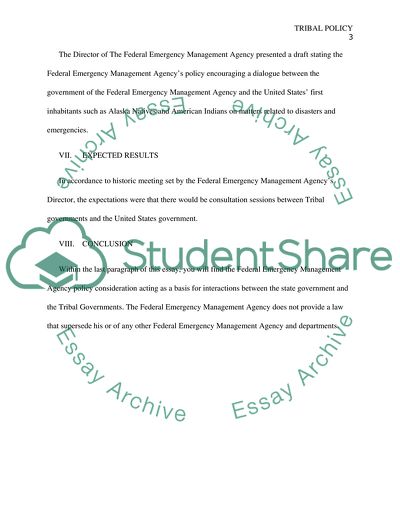Cite this document
(Tribal Policy Research Paper Example | Topics and Well Written Essays - 3000 words, n.d.)
Tribal Policy Research Paper Example | Topics and Well Written Essays - 3000 words. Retrieved from https://studentshare.org/politics/1775600-fema-policy-paper
Tribal Policy Research Paper Example | Topics and Well Written Essays - 3000 words. Retrieved from https://studentshare.org/politics/1775600-fema-policy-paper
(Tribal Policy Research Paper Example | Topics and Well Written Essays - 3000 Words)
Tribal Policy Research Paper Example | Topics and Well Written Essays - 3000 Words. https://studentshare.org/politics/1775600-fema-policy-paper.
Tribal Policy Research Paper Example | Topics and Well Written Essays - 3000 Words. https://studentshare.org/politics/1775600-fema-policy-paper.
“Tribal Policy Research Paper Example | Topics and Well Written Essays - 3000 Words”, n.d. https://studentshare.org/politics/1775600-fema-policy-paper.


